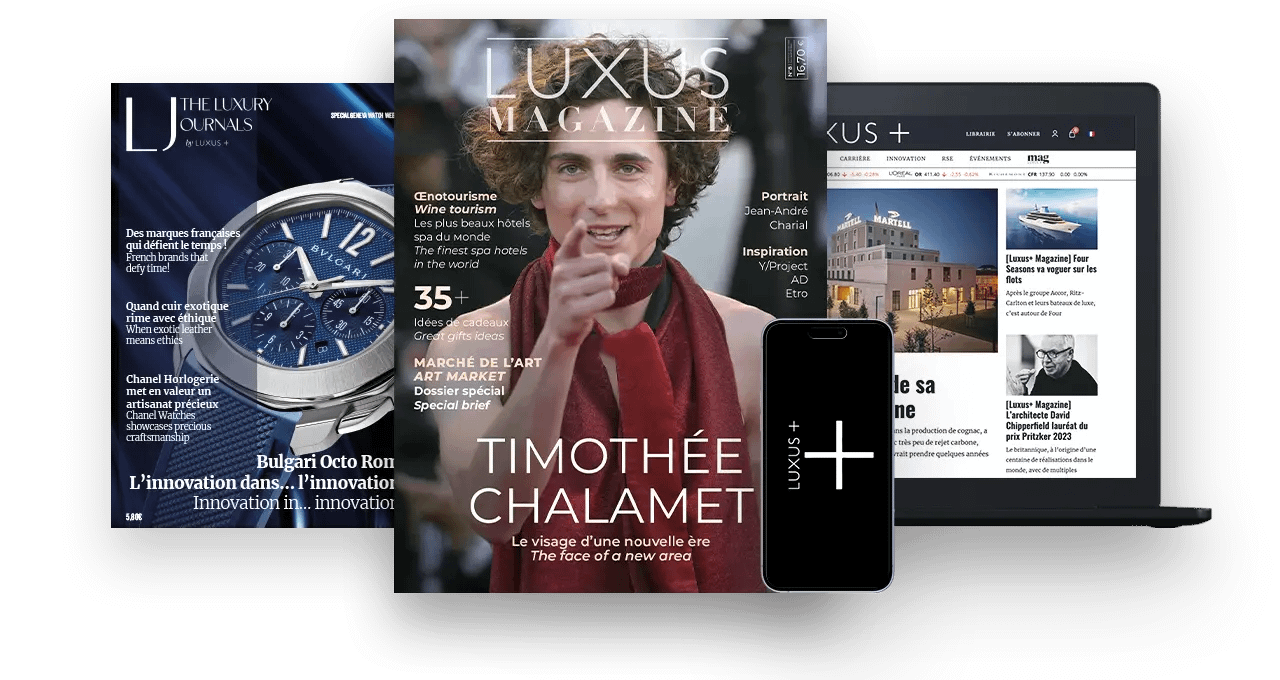The recent depreciation of the yen encourages luxury enthusiasts to shop in Japan. However, this situation is forcing brands to adjust their prices to ensure the profitability of sales in the country.
Forget Avenue Montaigne or Fifth Avenue; it seems that the nerve center of luxury shopping is now in Japan.
Last July, the yen hit its lowest level in 38 years, offering tourists the opportunity to take advantage of this depreciation to purchase luxury goods in the Japanese archipelago. Whether they come from the United States, China, or elsewhere, many travelers are capitalizing on these advantageous prices.
This favorable situation for luxury brands has nevertheless pushed them to reconsider their strategy to maintain the profitability of their sales in Japan.
Following the example of LVMH and Kering, the leaders of the high-end market have chosen to implement tactical price increases.
Record Year
The Japanese archipelago and its economy are set to break a new record in 2024. Encouraged by a weak yen, tourist spending continues to grow, particularly thanks to Chinese and American buyers.
The significant influx of visitors to Japan — 15 times greater than in 2019, according to Bain & Company — is generating more than positive results. In 2023, tourists had already spent 5.3 trillion yen (35.9 billion dollars), surpassing the previous record set in 2019.
According to the Japan Tourism Agency (JTA), tourist spending could reach 8 trillion yen (54.4 billion dollars) by the end of 2024. This is an important milestone for the country, which hopes to see this annual figure reach 15 trillion yen (102 billion dollars) by 2030.
Price Revision
Due to the yen’s depreciation, luxury items are cheaper in Japan than in other neighboring markets like mainland China.
At Louis Vuitton, for example, the famous Alma BB handbag is sold for 14,800 yuan in China, equivalent to 2,050 dollars. In Japan, it costs 279,400 yen, or 1,875 dollars.
This difference is very attractive to those seeking high-end products. In response to this enthusiasm for luxury shopping in Japan, brands have decided to revise their sales prices considering inflation and exchange rates.
“Most of our brands have implemented tactical price increases to account for the yen’s weakness,” said Armelle Poulu, Chief Financial Officer of Kering.
Maison Hermès and the Richemont Group have also adjusted their strategy to mitigate the impact of the yen’s depreciation while maintaining consistent prices.
“We are already taking measures to hedge against exchange rate fluctuations,” confirmed Axel Dumas, CEO of Hermès.
China, a Market in Critical Condition
Read also> SEPHORA REDUCES STAFF IN CHINA
Featured Photo: © Isetan Mitsukoshi Ltd




































